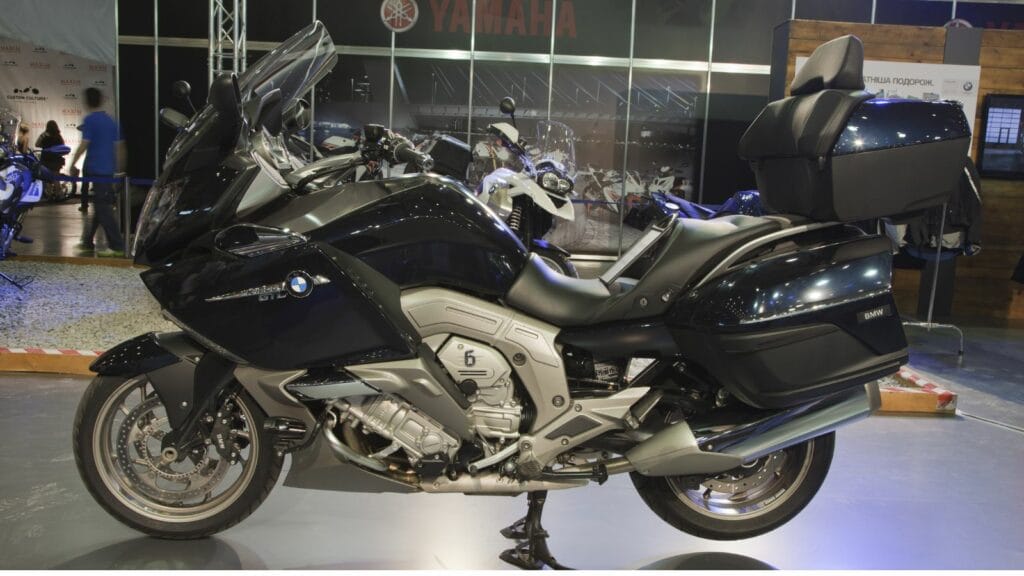Vintage motorcycles are time capsules of a bygone era when bikes were as much about attitude as speed. Unlike today’s tech-savvy motorbikes loaded with digital dashboards and ride-by-wire throttles, vintage motorcycles require a specific hands-on approach. If you’re a fan of roaring engines, chrome sparkle, and the unmistakable smell of burning oil, this list of 21 vintage motorcycles will take you back in time.
Triumph Bonneville (1959)
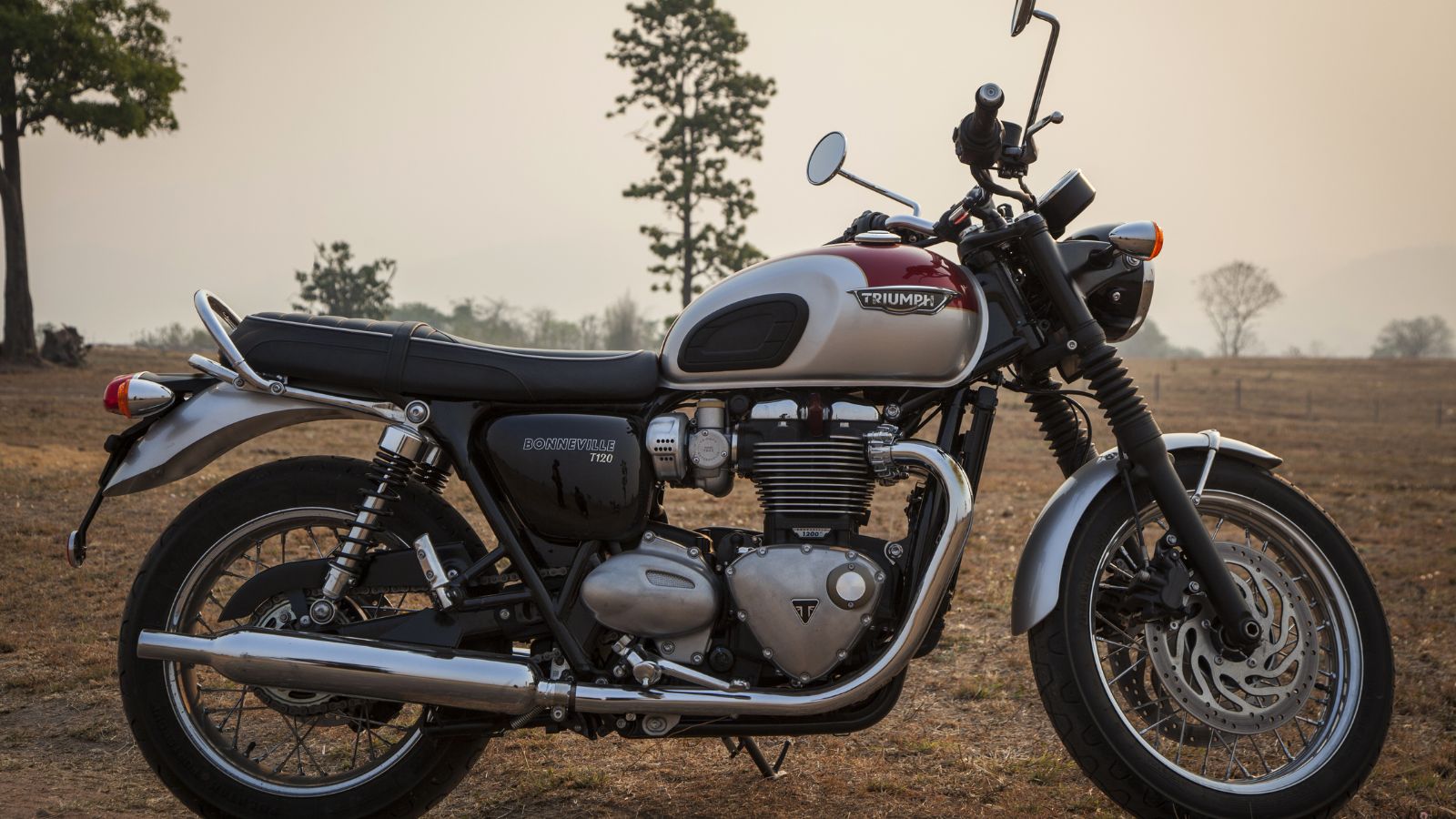
The Triumph Bonneville is named after Utah’s Bonneville Salt Flats, and this British marvel was built for speed. With a parallel-twin engine that hummed a sweet symphony, the Bonneville quickly became an icon of the ’60s, adored by rebels, rockers, and Hollywood stars alike. Steve McQueen had one.
Harley-Davidson Knucklehead (1936)
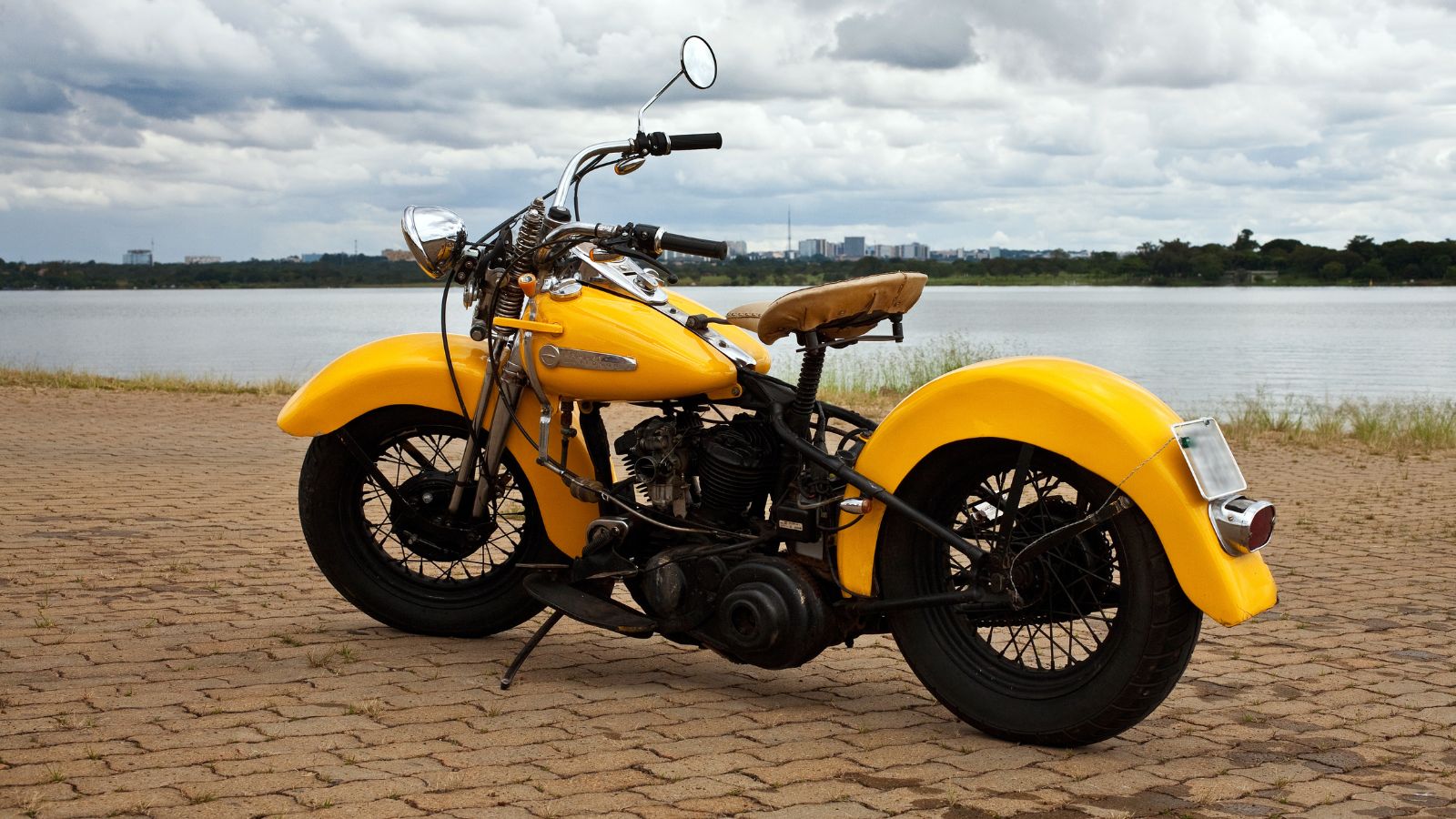
With a name like “Knucklehead,” this bike sounds as tough as it rides. Harley introduced it in 1936 as their first model with overhead valves, bringing newfound power and reliability. The Knucklehead was a beast and quickly gained a cult following, especially among returning WWII soldiers. It’s a motorcycle with attitude, style, and a little grease under its fingernails.
Indian Chief (1940)
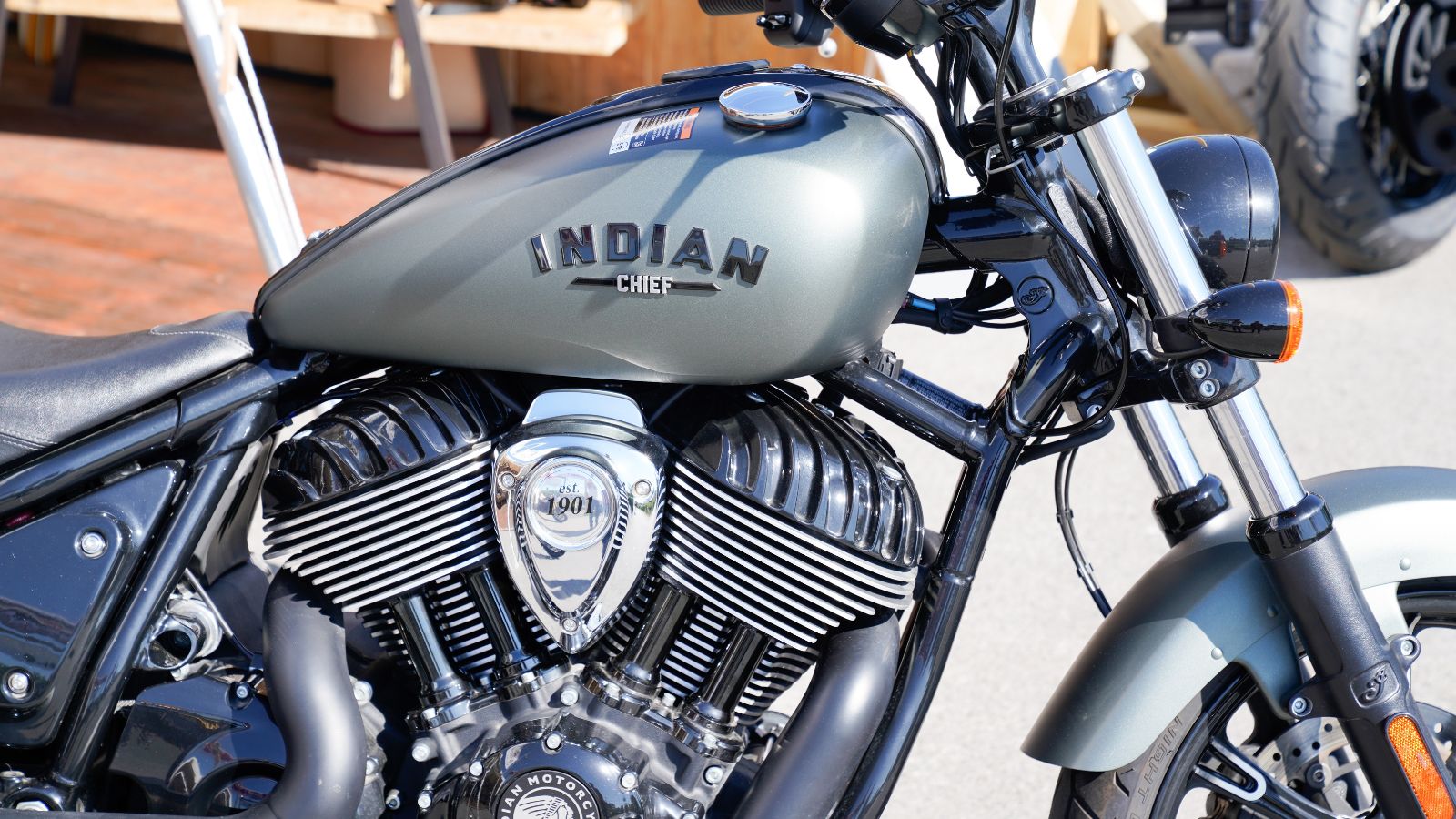
The Indian Chief is the all-American icon with enough chrome to light up a small town. Powered by a 74-cubic-inch (1,213 cc) V-twin engine, the Chief was renowned for its distinctive “war bonnet” fender, sweeping skirted fenders, and a low, comfortable ride. Indian and Harley have been rivals for over a century, but the Chief’s timeless design and thumping power plant have earned it a place among the greats.
Norton Commando (1967)
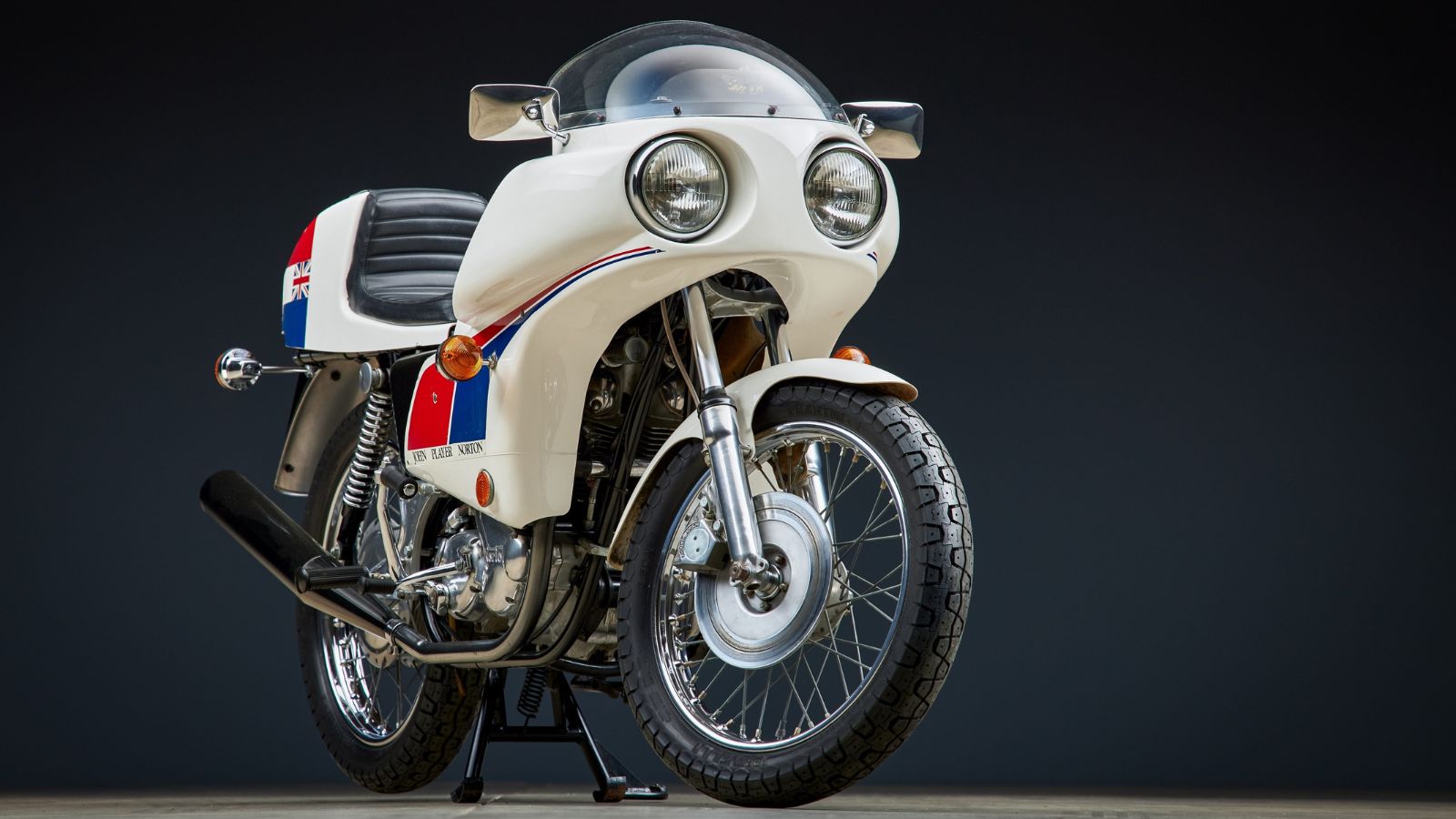
Norton’s Commando wasn’t just a motorcycle but a performance beast that looked as good as it handled. Launched in 1967, it featured the innovative “Isolastic” frame, designed to absorb engine vibrations and make the ride smoother. And, with a snarling twin-cylinder engine, the Commando had speed, style, and a slight ego problem—it knew it was the coolest bike on the road.
BSA Gold Star (1938)
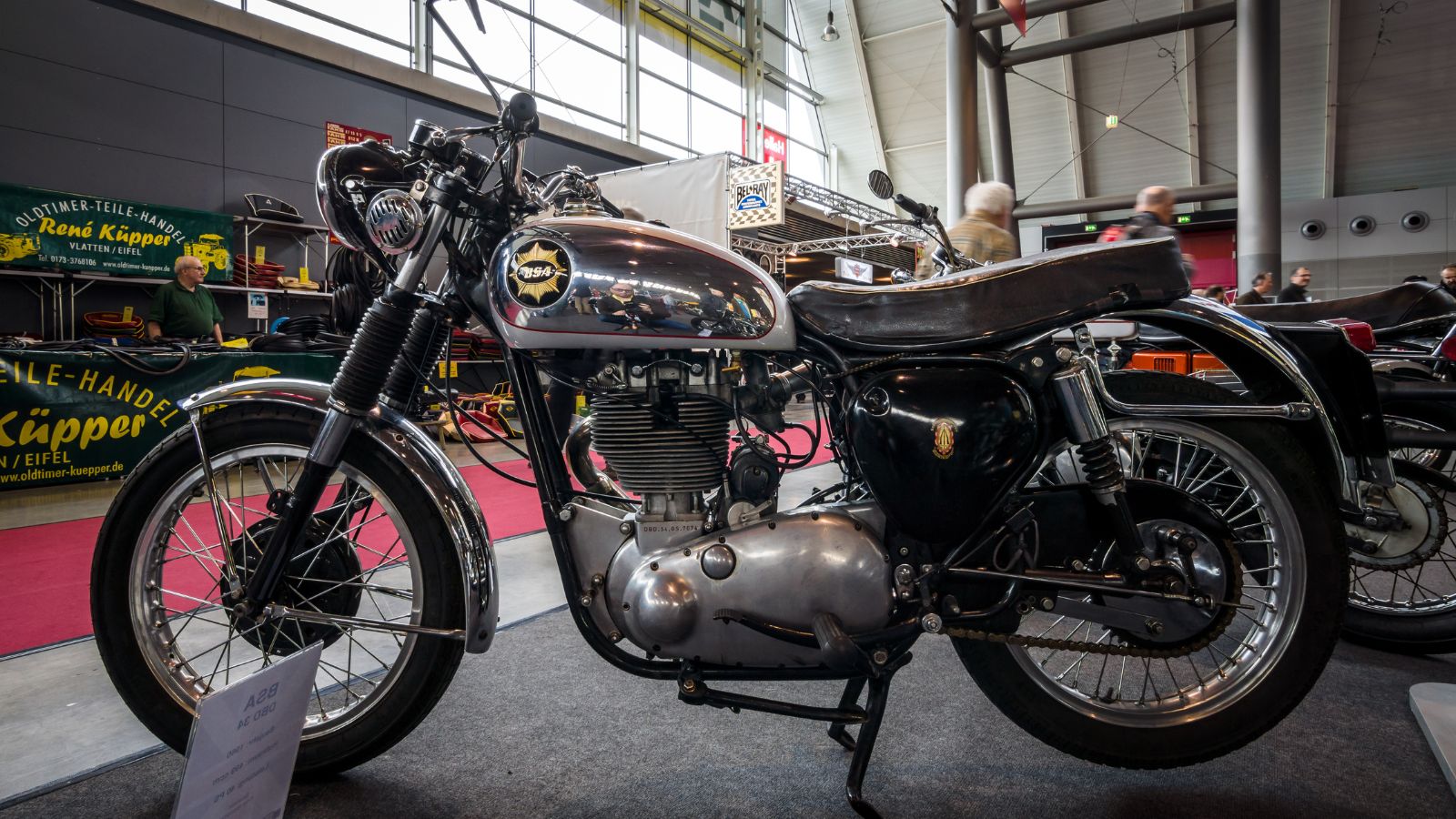
The BSA Gold Star is a British racing legend, built for track domination with a single-cylinder engine that could roar up to 100 mph. These bikes were produced from the 1930s to the 1960s, each handcrafted, making every Gold Star slightly different. The Gold Star was also notable for its handmade aluminum alloy construction, which gave each bike a unique touch. Production was interrupted by World War II but resumed in the 1940s until it was retired in 1963. Its speed, durability, and vintage style make it a highly sought-after classic today.
Ducati 750SS (1974)
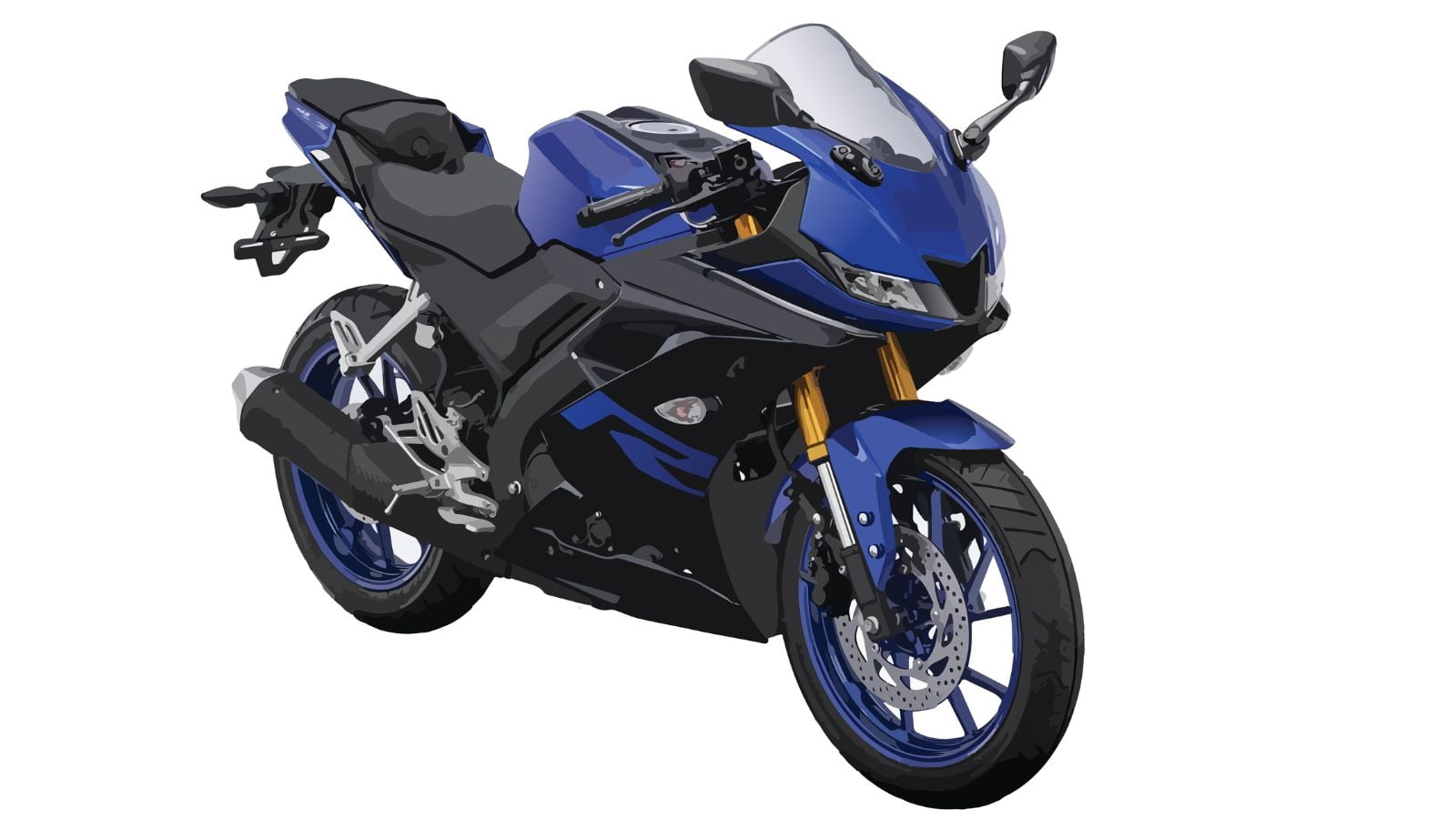
This Italian stunner was the brainchild of Ducati’s technical wizard, Fabio Taglioni. Known for its sleek, elongated fuel tank, silver and blue livery, and iconic round headlight, the 750SS combined racing pedigree with street usability. It featured the signature bevel-gear drive camshafts, giving it a distinctive whirring sound. It was an instant classic, loved for its sleek design and unparalleled performance on twisty roads.
Vincent Black Shadow (1948)
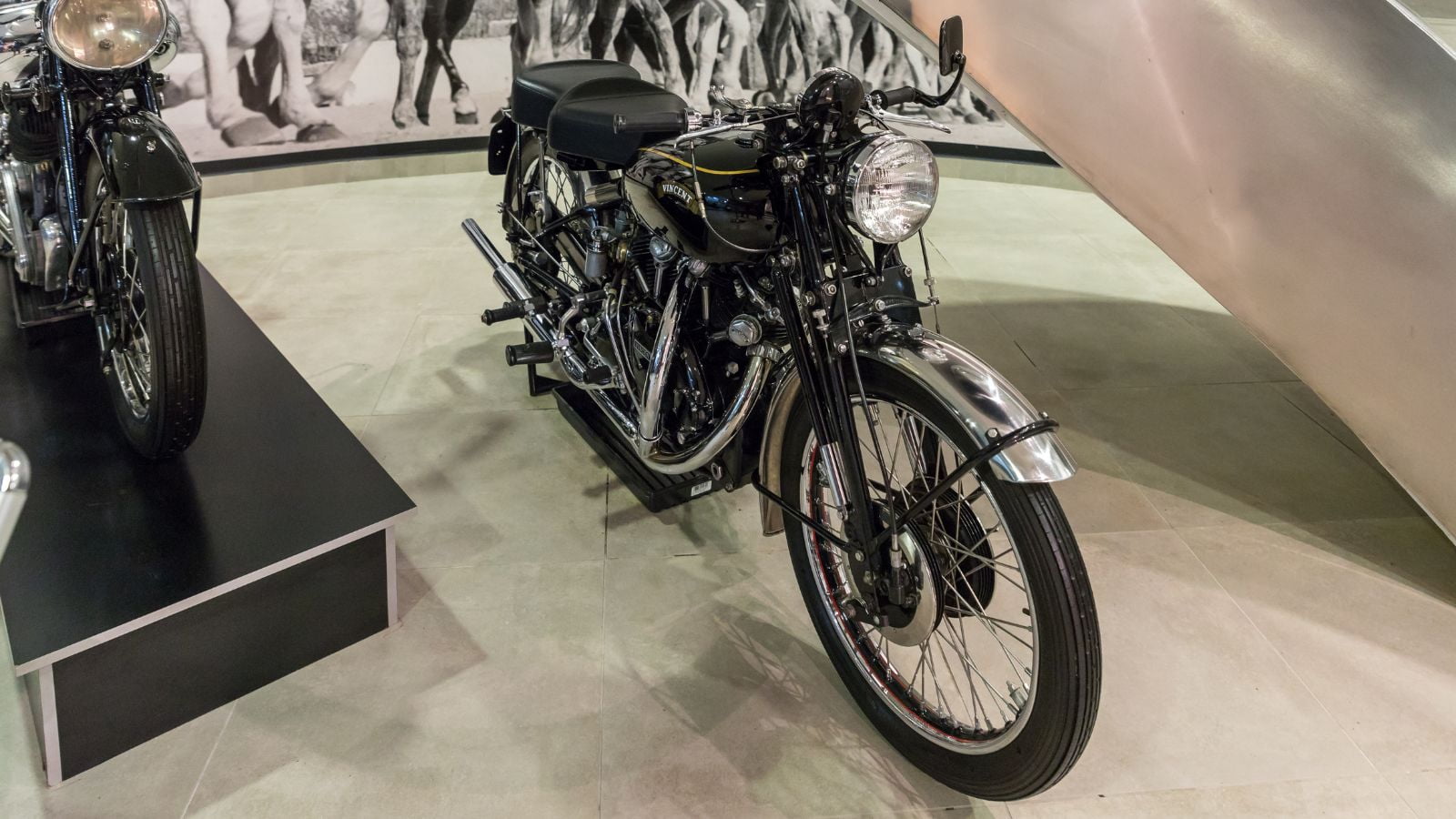
If motorcycles were celebrities, the Vincent Black Shadow would be the rock star with a wild side. The Black Shadow also featured advanced components, such as aluminum alloy parts, a cantilever rear suspension, and a Girdraulic front fork, which was groundbreaking. This combination of power and innovation made it a motorcycle icon that still commands respect among enthusiasts.
BMW R69S (1960)
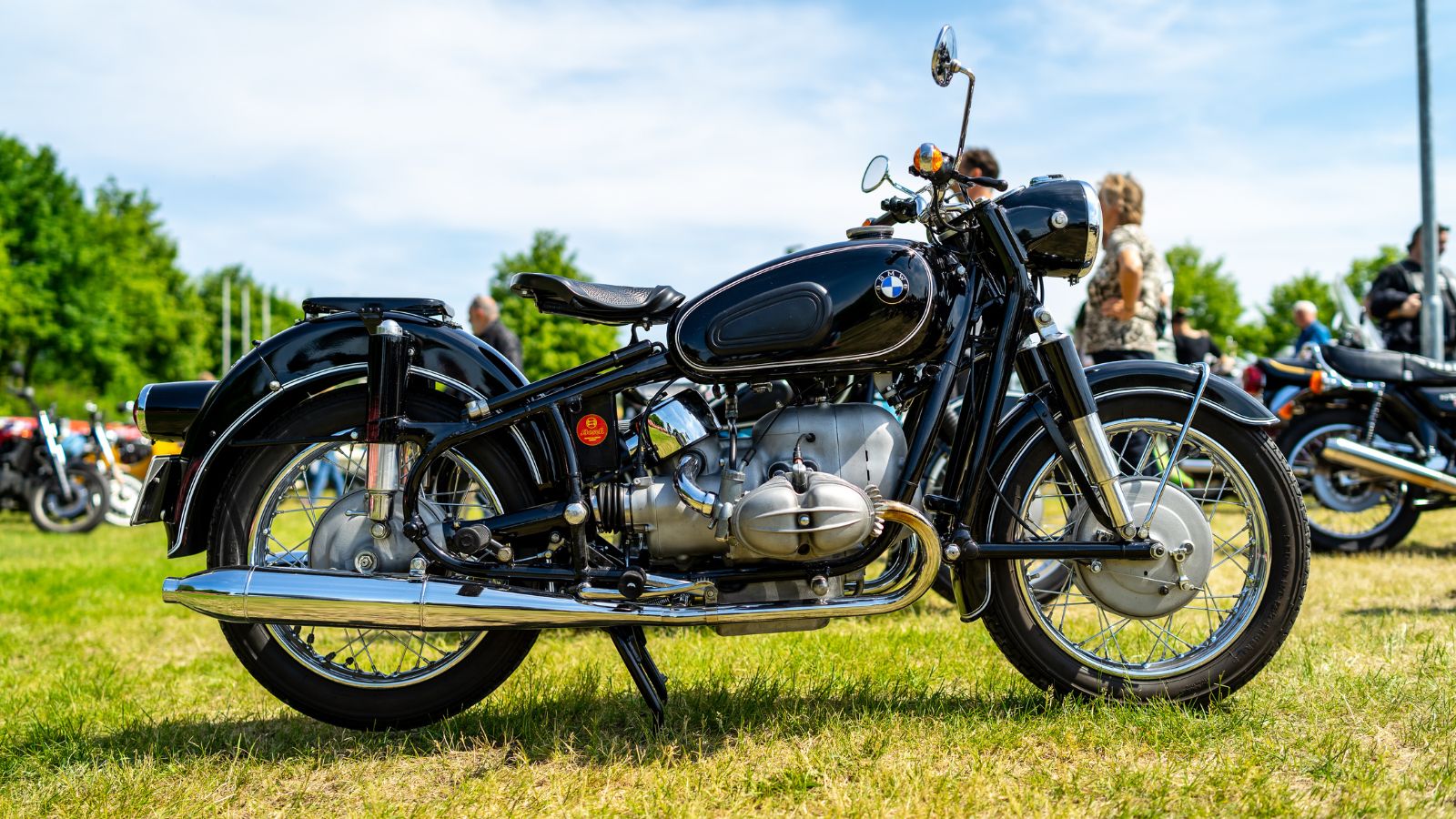
The BMW R69S is the gentleman of motorcycles—refined, credible, and stylish. With a 594cc air-cooled, four-stroke boxer twin engine producing 42 horsepower, this bike could reach speeds of up to 109 mph, remarkable for its time. The R69S also featured BMW’s signature shaft drive, a more durable and low-maintenance alternative to chain drives, enhancing its reputation as a premium touring motorcycle.
Honda CB750 (1969)
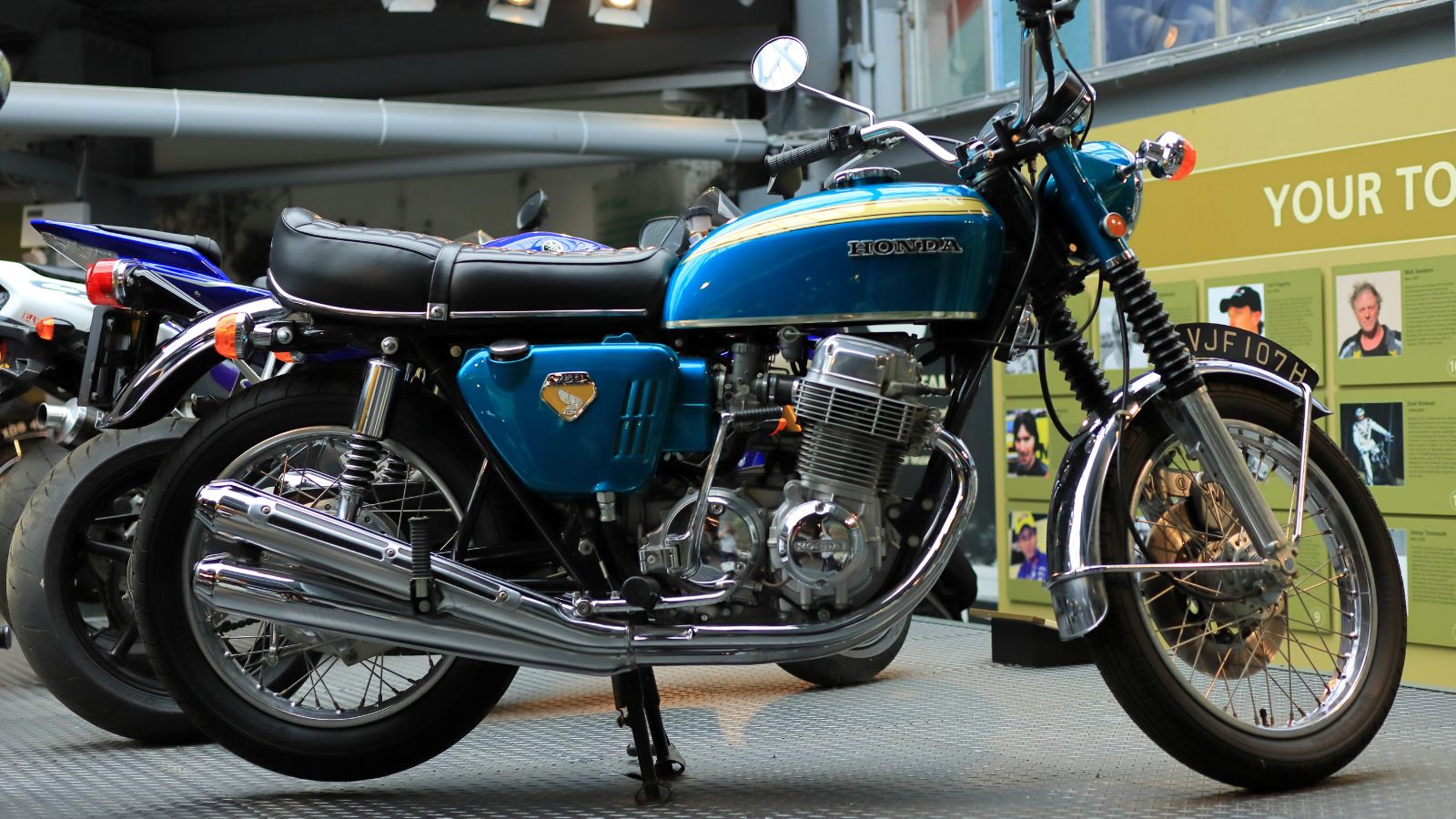
The Honda CB750 was the game-changer. Honda designed the CB750 with reliability and affordability, making high-performance accessible to a broader market, unlike temperamental European bikes. This game-changing model became a favorite among motorcyclists and racers, with over 400,000 units sold during its decade-long run. Plus, its enduring legacy earned it a spot in the AMA Motorcycle Hall of Fame and solidified Honda’s reputation worldwide.
Moto Guzzi Le Mans (1976)

The Moto Guzzi Le Mans is like Italy’s answer to Harley, but with more finesse. Named after the famous 24-hour endurance race, this bike came equipped with an 850cc V-twin engine mounted transversely—a hallmark of Moto Guzzi design. It produced around 71 horsepower, allowing for top speeds close to 130 mph, impressive for its time. Also nicknamed after the famous 24-hour endurance race, the Le Mans was a marvel of Italian engineering and style, combining performance with flair.
Royal Enfield Bullet (1931)
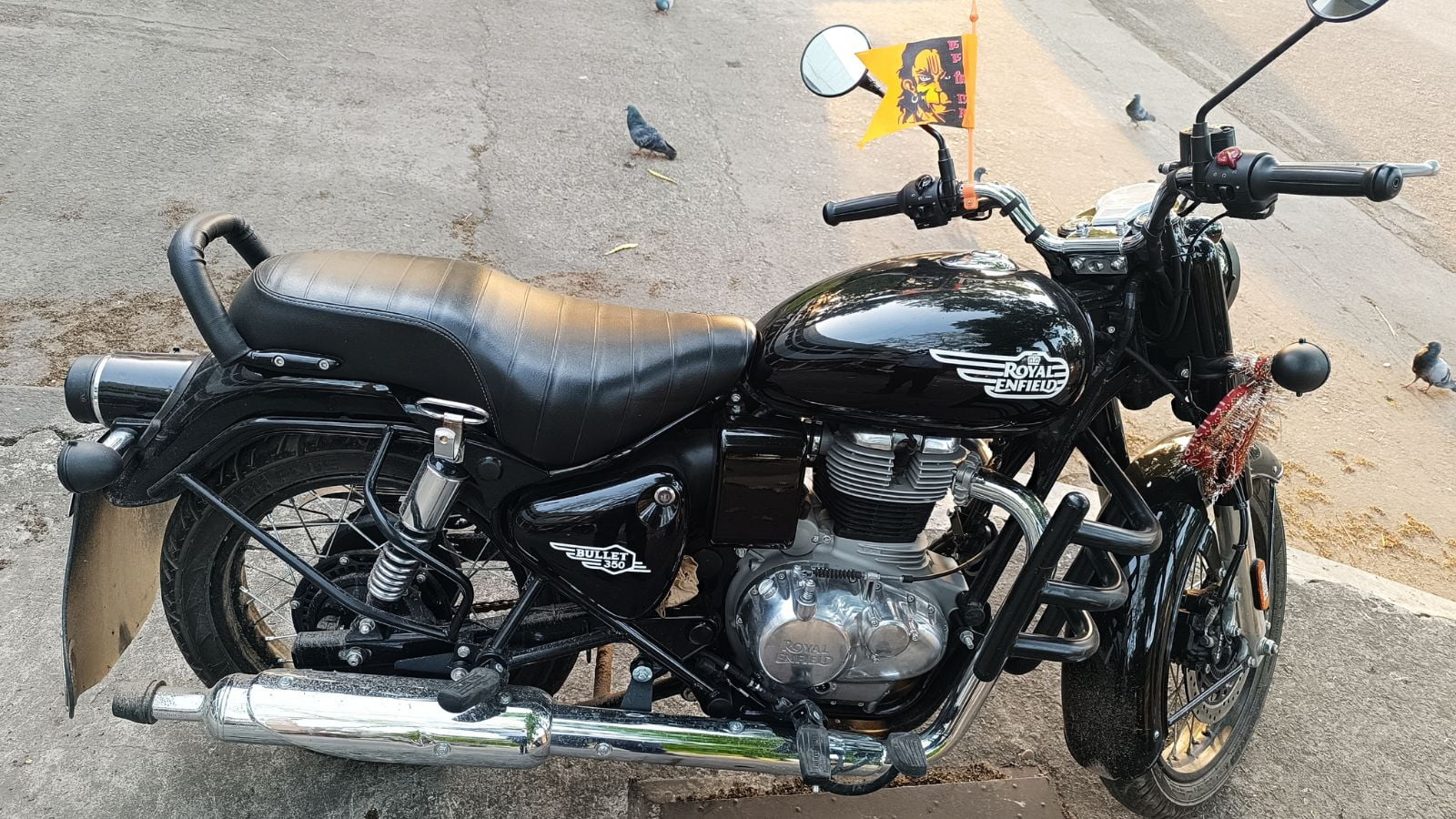
The Royal Enfield Bullet is the oldest motorcycle model in continuous production, which means it’s seen more of history than your average museum docent. With a thumping sound that became iconic, the Bullet’s design has remained remarkably consistent over the decades. Its robust build and straightforward engineering made it a perfect bike for long-distance touring and off-road adventures. Today, the Bullet continues to be produced by Royal Enfield, maintaining its legendary status with vintage enthusiasts worldwide.
Harley-Davidson Sportster (1957)
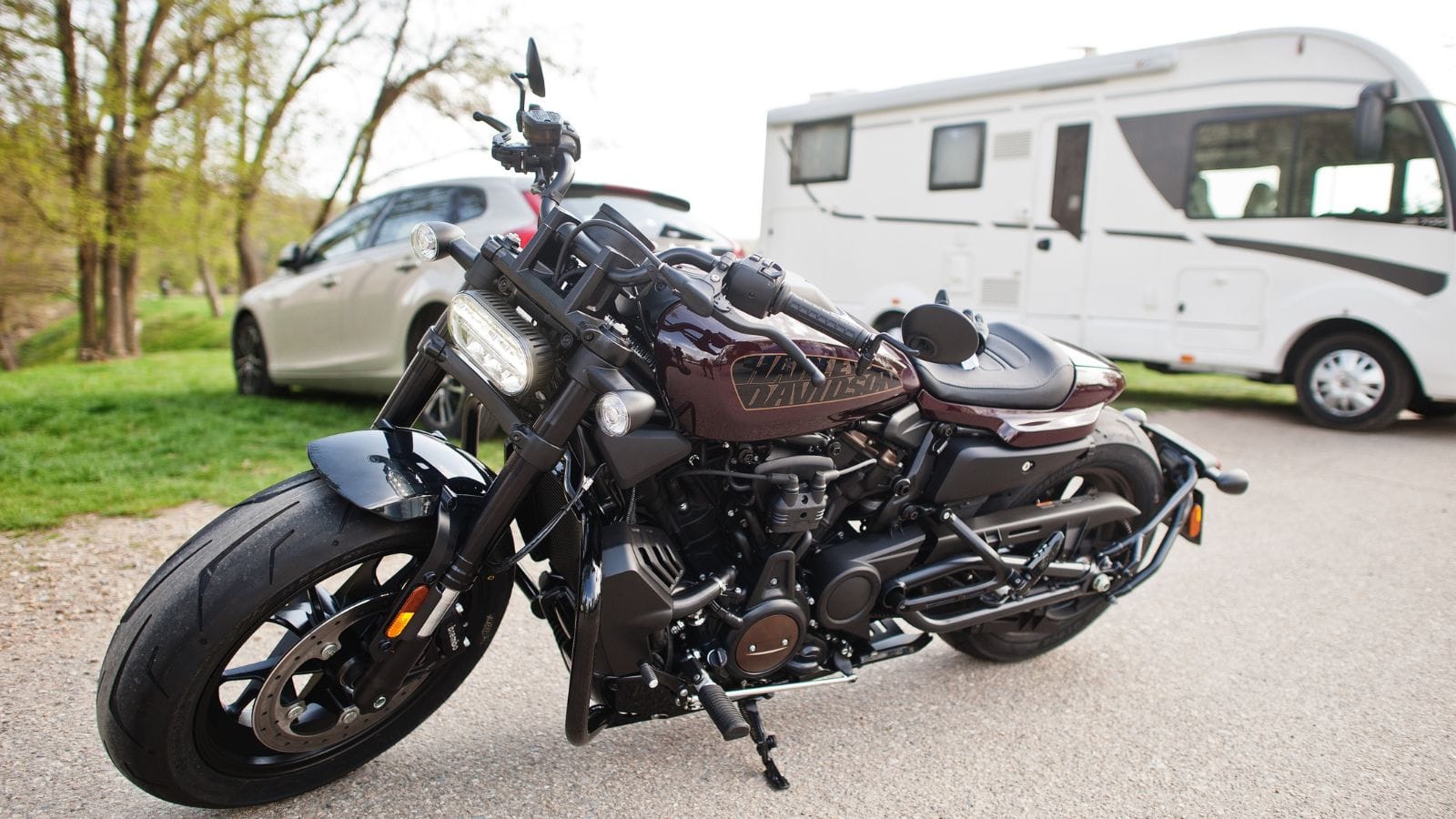
The Sportster was Harley’s answer to the sleek, fast British bikes of the ’50s. With a lighter frame and a powerful engine, it became a favorite of thrill-seekers and stunt riders. With 55 horsepower and a top speed of around 100 mph, it was fast enough to outrun traffic cops (not recommended). Also, its peanut-shaped gas tank was tiny, just like your patience on a long ride. The Sportster was leaner, meaner, and sportier than its Harley siblings—a lightweight at 495 pounds.
Yamaha XS650 (1968)
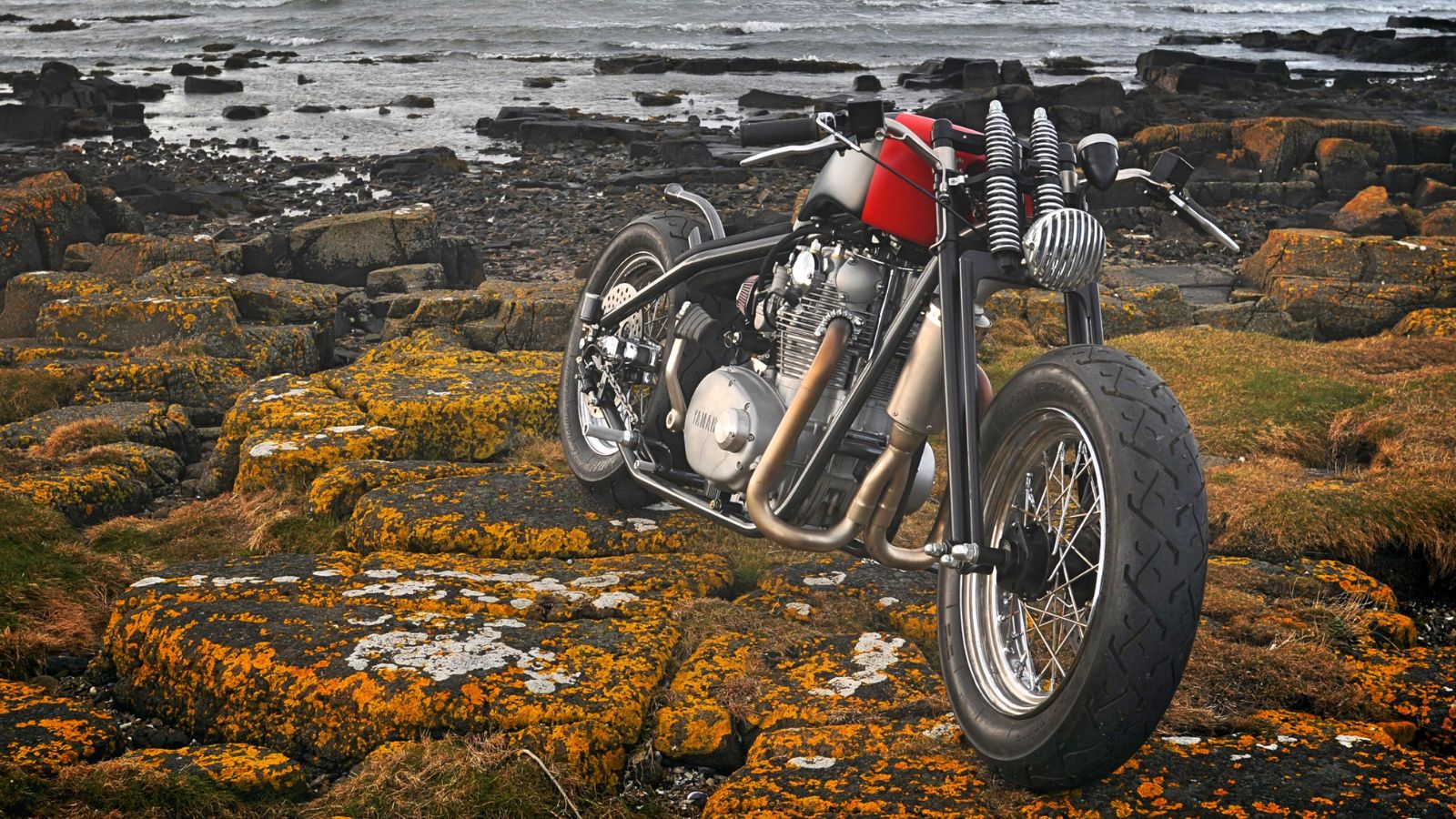
Yamaha’s XS650 was the Japanese attempt to dethrone British bikes in the 1960s, and it did a mighty good job. Its 360-degree crankshaft gave it that classic, thumpy sound (cue motorcycle poetry), while its SOHC design was an engineering flex for the era. The XS650 had that sexy vintage look but came with an unexpected twist: it was reliable, unlike its British rivals that required a prayer ritual before starting.
Velocette Venom (1955)
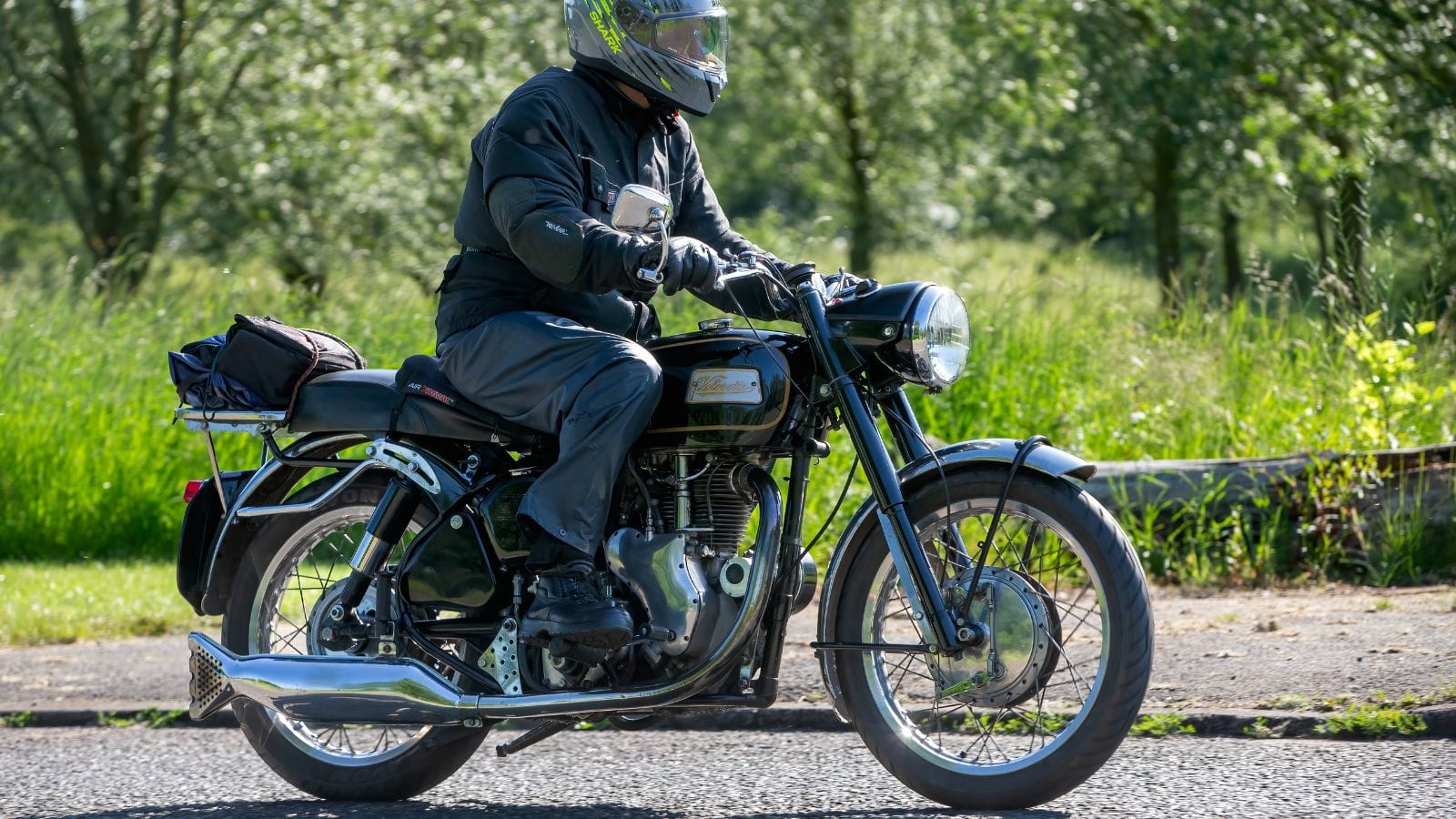
The Velocette Venom (1955)—a true British thumper that gave the Queen’s Guard a run for their money. The Venom became famous (or infamous) for setting a 24-hour world speed record in 1961 at over 100 mph, a feat completed without exploding—a rare victory for British engineering of the era. It sported a lightweight frame, telescopic forks, and a “proudly stubborn” 4-speed gearbox that occasionally required a stern talking-to.
Suzuki GT750 (1971)

The Suzuki GT750, launched in 1971, was lovingly nicknamed the “Kettle” by the British, “Water Buffalo” by Americans, and simply “Le Mans” by the French—proving it had more names than James Bond. This beast of a bike was a 738cc, liquid-cooled, two-stroke triple, making it one of the first production motorcycles to get a liquid-cooled engine. Plus, it came at a time when most bikes were air-cooled and prone to overheating, so this was like showing up to a barbeque with a fire extinguisher.
Brough Superior SS100 (1924)
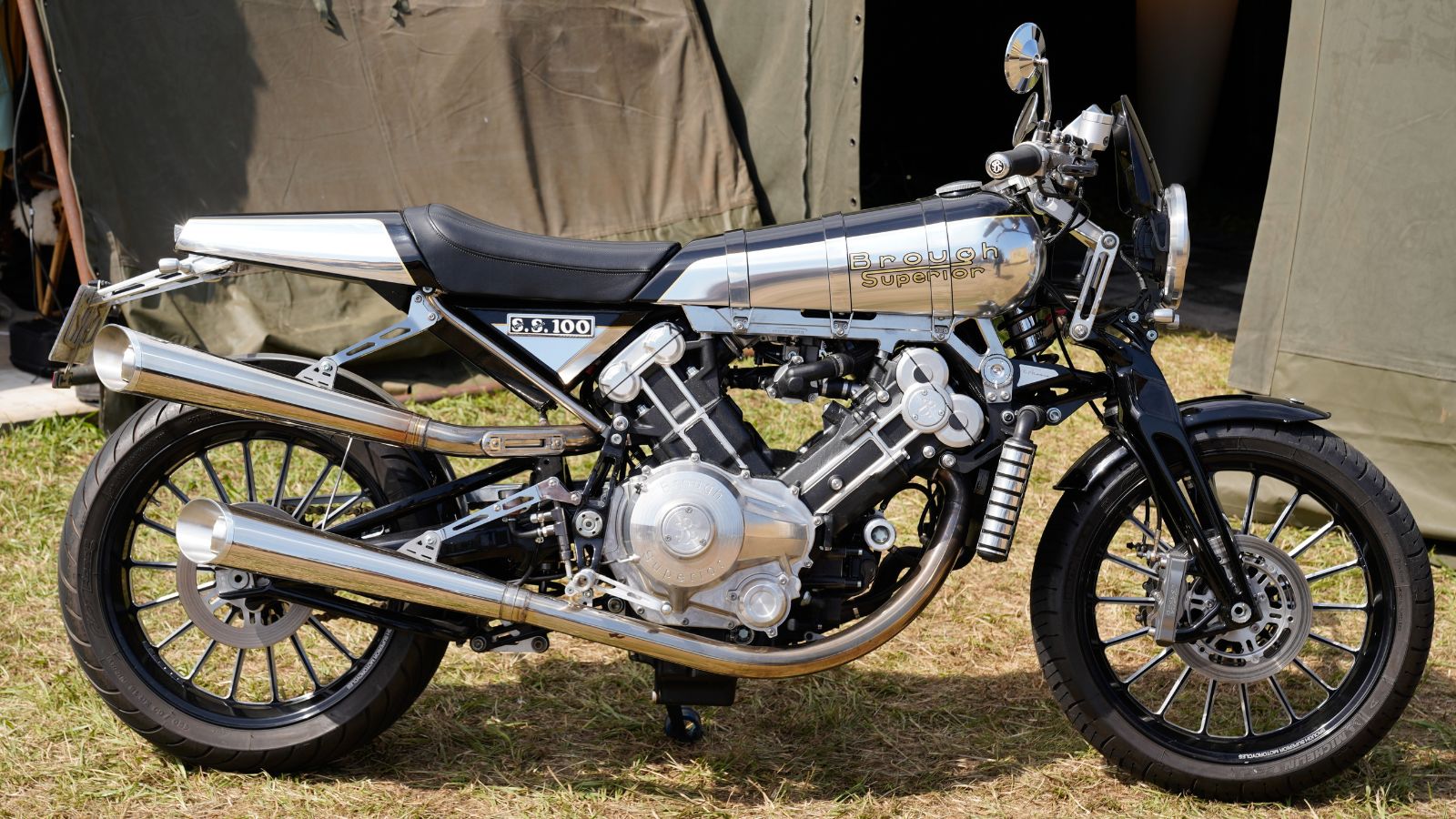
Dubbed the “Rolls-Royce of Motorcycles,” the Brough Superior SS100 was a luxury cruiser with speed and style. Handcrafted by George Brough, each SS100 was personally tested at that jaw-dropping speed before leaving the workshop. Yes, George was a bit of a show-off. The SS100 was powered by a V-twin engine (initially JAP, later Matchless) with a robust 998cc capacity. It was the first bike with a guaranteed 100 mph performance, back when most people thought “cruising” meant holding onto your hat.
Laverda Jota (1976)
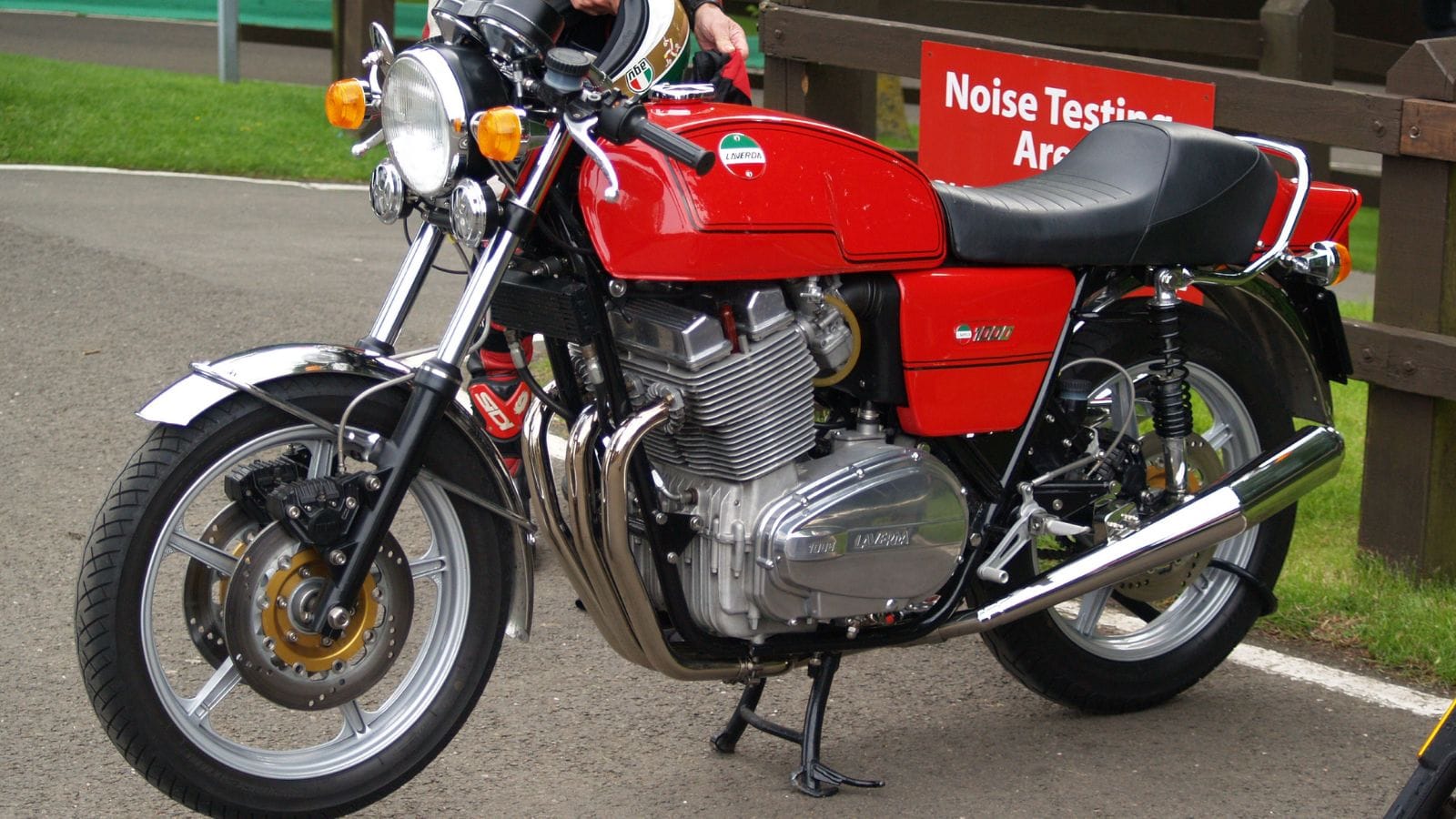
The Laverda Jota was Italy’s heavyweight contender, with a three-cylinder, 1000cc engine that roared like a lion. But riding a Jota wasn’t for the faint-hearted. It handled like it was out to get you; vibration levels could probably loosen your fillings. It had a distinctive, ear-splitting exhaust note, so your neighbors knew you were home (or just down the street). The Jota was named after a fast Spanish dance, fittingly, because it danced right to the top of the superbike charts.
Matchless G80 (1949)
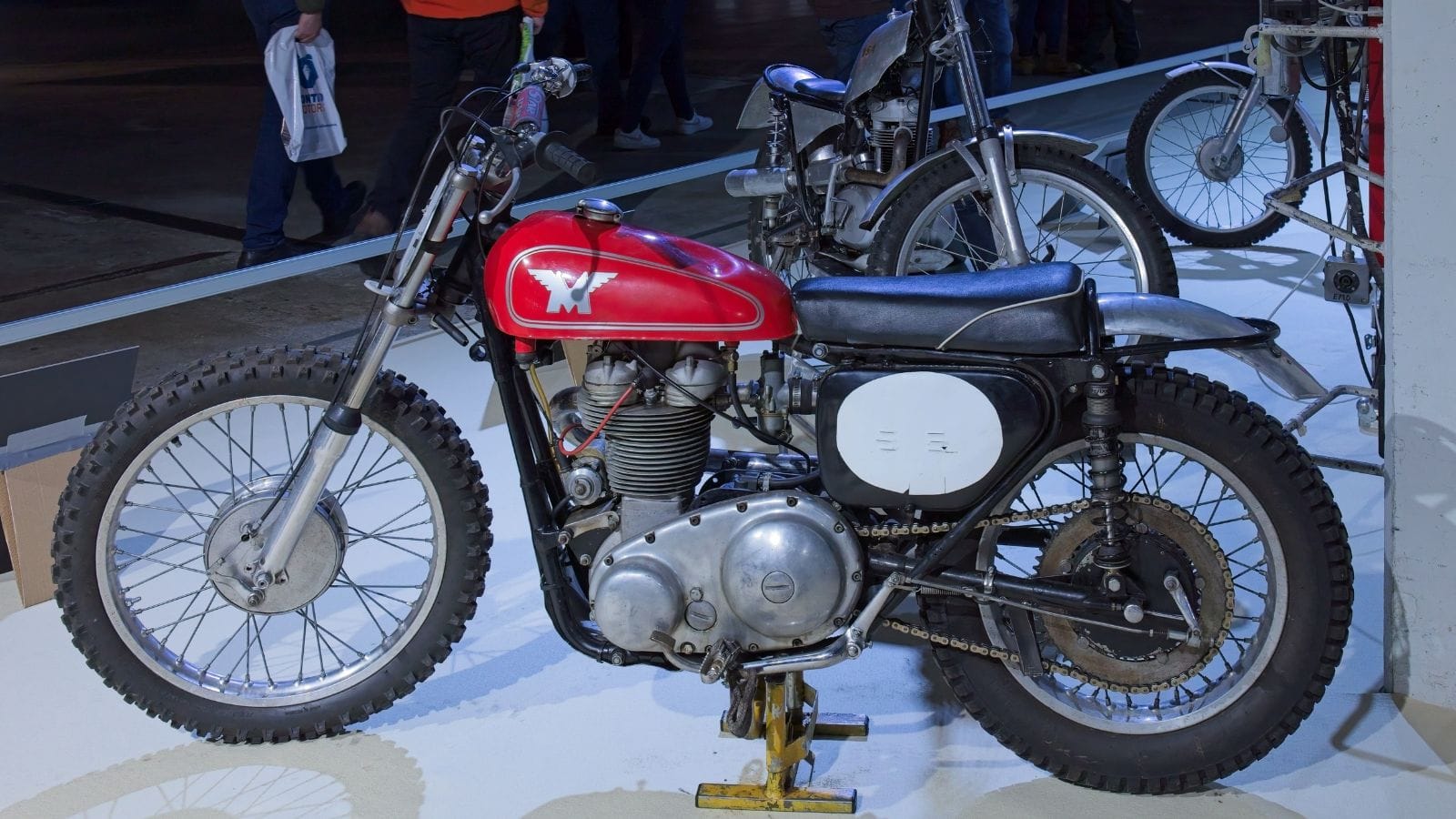
The Matchless G80 was a British classic that balanced rugged reliability with elegant styling. It featured the innovative “Teledraulic” front forks, like magic for the 1940s, making rides much less bone-rattling. The G80 could hit about 80 mph downhill with a tailwind and a prayer. Classic British charm aside, though, it had a habit of marking its territory with a few oil leaks—consider it an eccentric quirk.
Benelli Sei (1972)
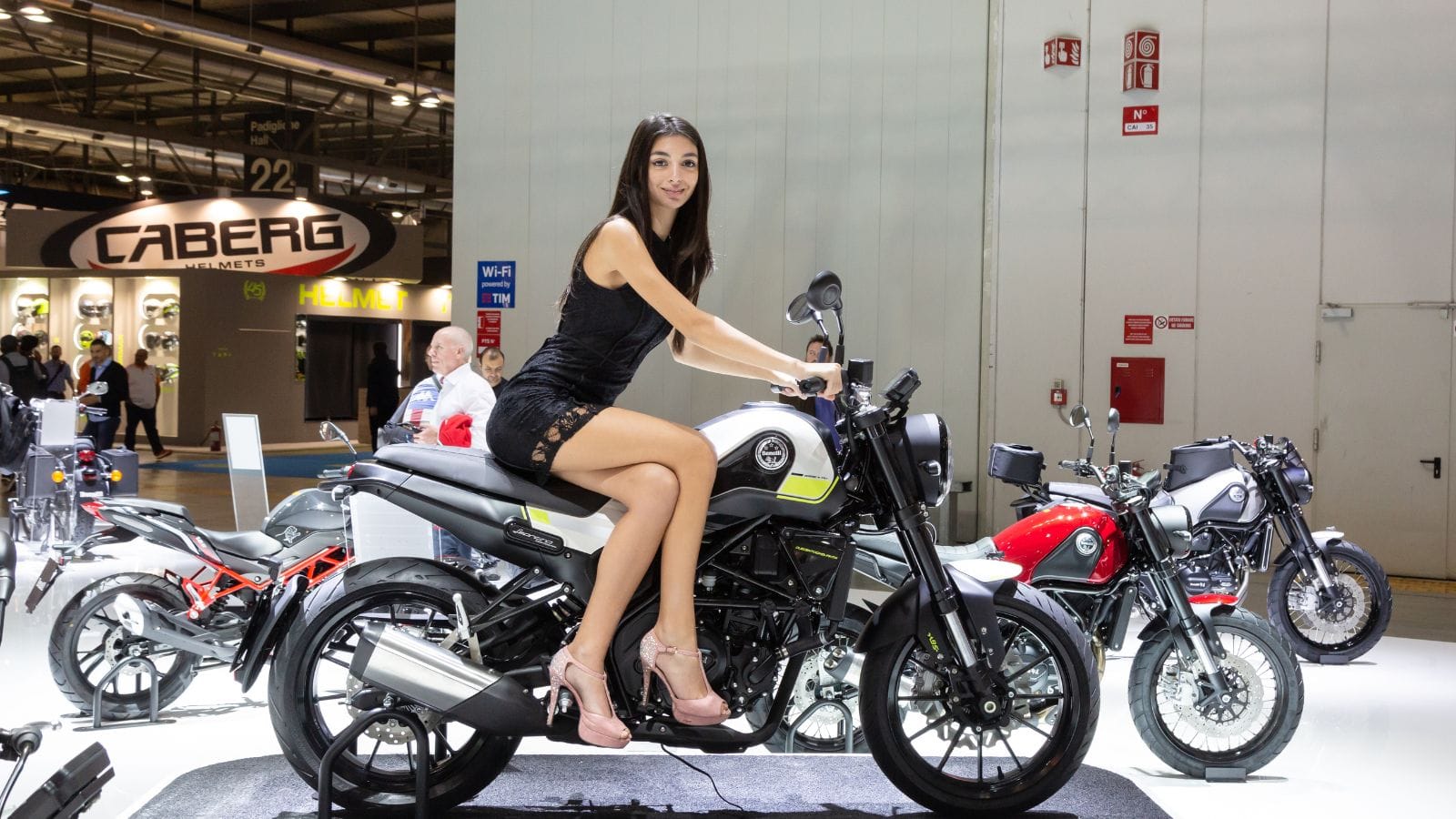
The Benelli Sei, introduced in 1972, was the world’s first production six-cylinder motorcycle—because apparently, Benelli thought, “Why stop at four cylinders when you can have six?” Powered by a 747cc air-cooled inline-six engine, it pumped out a respectable 71 hp, which made it faster than most of your neighbor’s sedans. The Sei’s engine was so smooth it could put a blender to shame.
Kawasaki Z1 (1972)
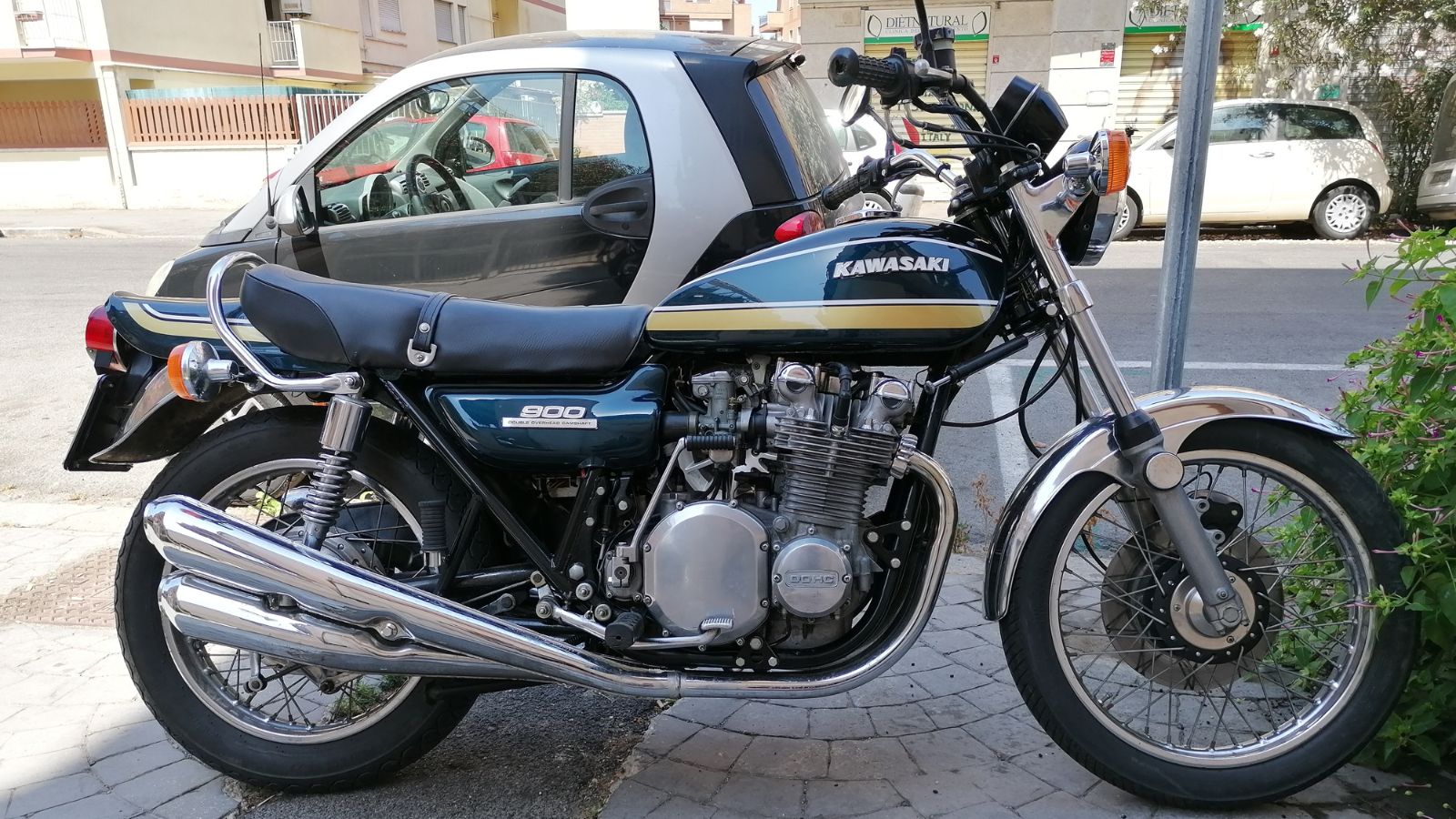
The Kawasaki Z1 was Japan’s answer to the CB750 but with more power. The Z1 could hit a staggering 130 mph. Not just a pretty face, this beast also came with double overhead cams and an electric start. Kawasaki initially wanted to out-Honda Honda by making a bigger, faster rival to the CB750. Mission accomplished. The Z1 wasn’t just fast; it was bulletproof. Even today, it’s worshipped by speed junkies and collectors who whisper sweet nothings to it in their garages.
Honda CBX (1978)
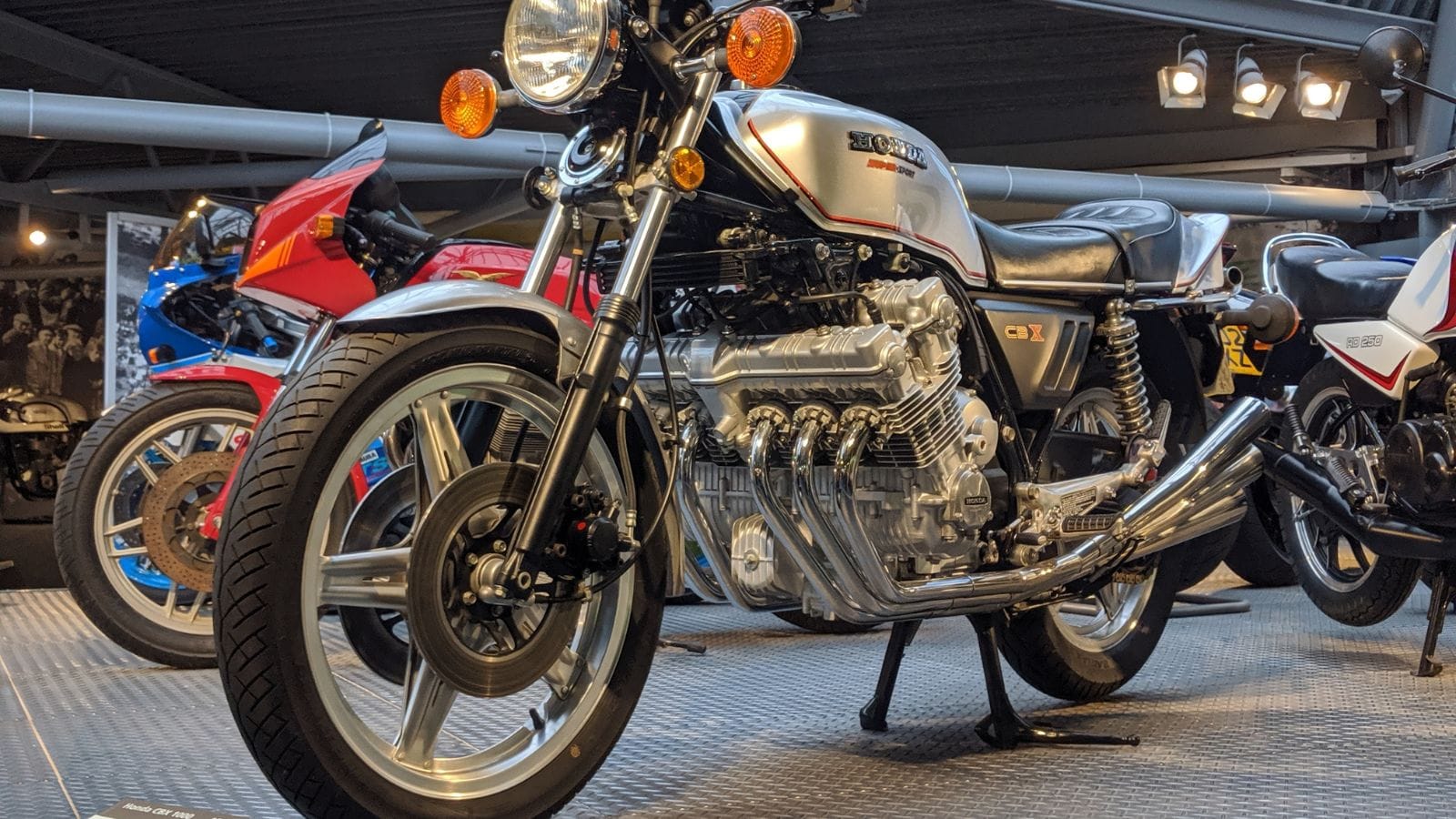
The Honda CBX is one of the last great bikes of the 1970s. Its massive 1047cc six-cylinder engine made it one of the most powerful production bikes of its time. The CBX wasn’t just fast, though—it was also shockingly smooth, with an engine that looked like it belonged in a spaceship. The CBX was Honda’s exclamation mark at the end of the decade, a farewell to the ’70s with six cylinders and a lot of swagger.
12 Cars That Are Known for Their Unbreakable Reliability — They Just Don’t Quit
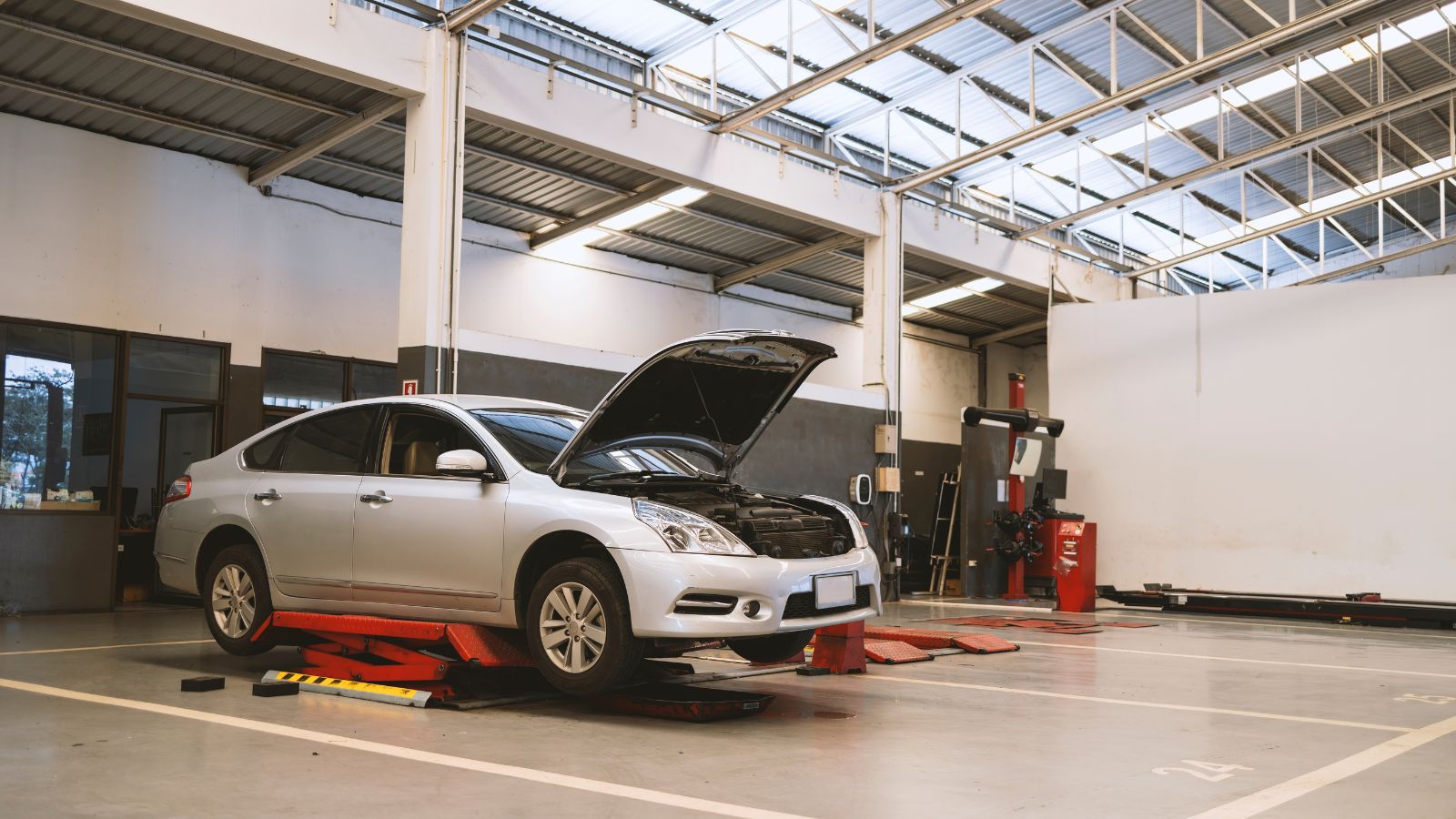
Reliability is a core feature that defines a vehicle. Over the last few decades, some vehicles have emerged as a reliable and durable option, standing out as workhorses that never quit. These vehicles not only prove themselves in terms of performance but transcend their role and become reliable partners, always fulfilling their role. Here are 12 Cars known for their unbreakable reliability.
12 Cars That Are Known for Their Unbreakable Reliability — They Just Don’t Quit
